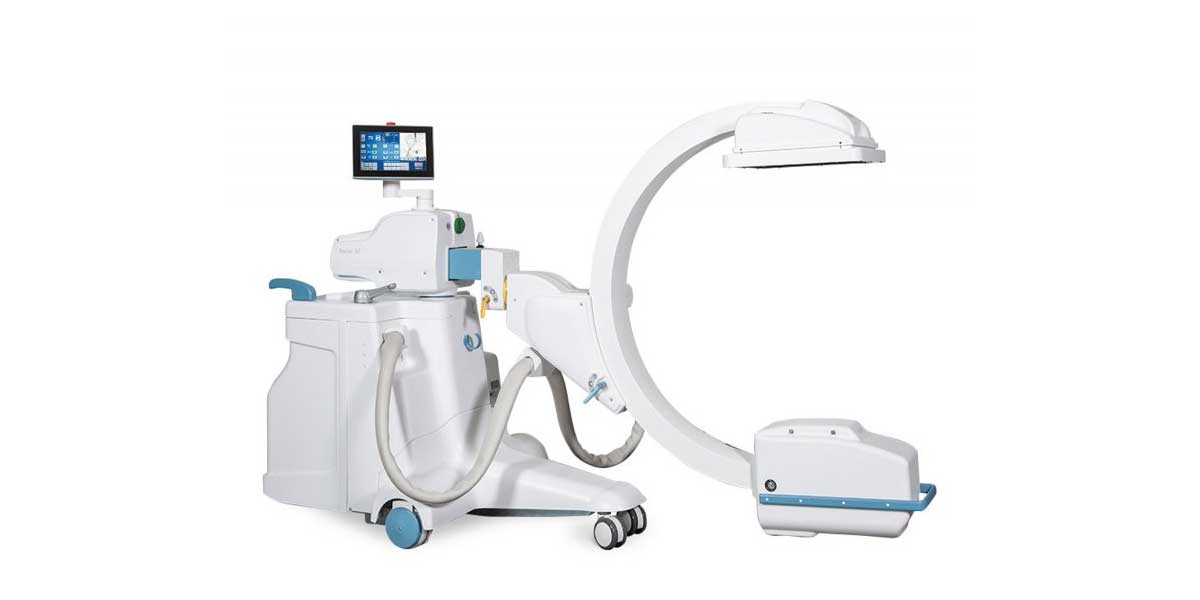
Advanced robotics, combined with artificial intelligence and machine learning technology, could transform spinal surgery safety, costs, and recovery for millions of patients worldwide over the next decade, says an expert at a top American hospital, Cleveland Clinic.
Dr Michael Steinmetz, Chairman of the Department of Neurosurgery and Director of the Center for Spine Health in the Neurological Institute, Cleveland Clinic, said: “We have the robotics, and artificial intelligence and machine learning technology now to transform spinal surgery. Robotics can support spinal surgeons to optimize surgical costs, safety, and patient recovery. Over the next decade, robotics could lead a breakthrough in even more efficient and safer spinal surgeries.”
According to a report published by the U.S. National Institute of Health, around 4.83 million spinal surgeries are performed globally every year. In addition, the worldwide market for spinal surgical robots is expected to reach USD 2.77 billion by next year, a more than 100-fold increase from USD 26 million in 2016.
As the field of spinal surgery has evolved to increasingly use technology, many spinal surgeons already use computer-aided navigation and shared control robots. Surgeons can scan patients before and during the surgery with fluoroscopy, or continuous x-rays, to keep the surgery on track.
“Spinal surgery is a very physically and intellectually demanding surgery – it can take years, and often decades, of training and experience for surgeons to be able to open the spine, expose the spine, and drill screws and bend rods,” said Dr. Steinmetz. “Spinal surgery is already very safe and accurate. Artificial intelligence and machine learning can help the robots to learn best practices from previous surgeries and from how each individual surgeon performs spinal surgery.”
The most common type of surgical robots are shared-control robots, with the surgeon in control. These advanced robotic surgeries can lead to faster patient recovery, Dr Steinmetz emphasized, as the incisions can be smaller, and there can be a wider “safe zone” surrounding the spine. Patients, surgeons, and operating staff also have much lower exposure to radiation without fluoroscopy.
However, many hospitals around the world are at least five to 10 years away from fully adopting robotics in the operating room for spinal surgeries.
“Widespread adoption of robotic spinal surgery is being held back by the high costs of robotics, the larger operating room space needed in hospitals, and the digital skills training for operating room staff,” explained Dr Steinmetz. “As the cost of surgical robotics declines and performance increases, robots could be used more often for complex procedures such as bending and drilling rods and removing bone. Still, there will always be a role for the surgeon in the operating room to check the work of the robot.”





















